Every whiskey journey starts somewhere. Where it begins can be crucial, as picking the wrong bottle as an entry point can turn someone off to the spirit and its subgenres for a long time — if not permanently. While it’s possible to fall in love with whiskey through an advanced style like an aggressive rye or a heavily peated Scotch, it’s usually wiser to find a more approachable bottle to ease into the category.
There are plenty of bottles on the market that can help beginners launch their whiskey odyssey. But because the whiskey world is so wide, finding a precise entry-level bottle can be challenging, particularly if you’re not too familiar with what’s on shelves. To help out, we asked 14 bartenders which bottles they like to share with curious whiskey novices. These picks may not instantly fill newbies with the urge to throw down cash on a bottle of Pappy, but they’re a solid place to start.
The best whiskey for beginners, according to bartenders:
- Bardstown Origin Series Wheated Bottled in Bond
- Woodford Reserve
- Redbreast 15 Year
- Russell’s Reserve 10 Year
- Uncle Nearest 1856
- Old Forester 100 Signature
- Benchmark
- Four Roses Bourbon
- Teeling Small Batch
- Maker’s Mark
- Still Austin “The Musician”
- Elijah Craig Small Batch
- Larceny Bourbon
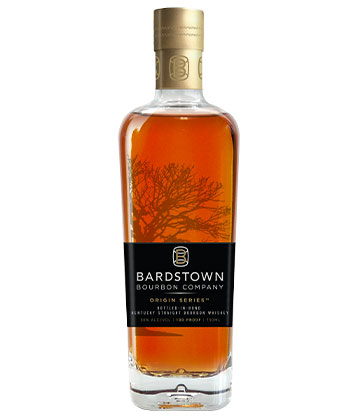
Don’t Miss A Drop
Get the latest in beer, wine, and cocktail culture sent straight to your inbox.
“The Bardstown Origin Series Wheated Bottled in Bond Bourbon is ideal for beginners because it is an easy-drinking whiskey that everyone can enjoy. The wheat being a predominant grain in the mash bill gives the whiskey a sweeter note of chocolate and brown sugar that is very people-pleasing. The requisite 100 proof gives it a great body that carries flavors of toffee and peaches, whether it’s enjoyed neat or on a big ice cube. The higher proof also makes it versatile in many different styles of cocktails, from Old Fashioneds to egg-white sours and even tiki cocktails!” —Giancarlo Fernandez, assistant manager, Unknown Caller, Chattanooga, Tenn.
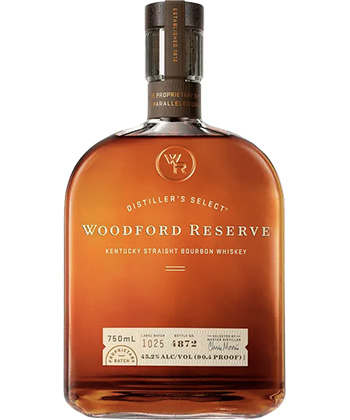
“If I am going to guide someone on enjoying bourbon neat, I always recommend my go-to, Woodford Reserve. Bourbons are made of a fermented mash of grain, yeast, and water, and the grains being used in Woodford [offer] the sweetness of corn, the spice of rye, and the nuttiness of malt. The bourbon is then aged for seven years in charred oak containers giving us that rich taste. It is full of tasting notes such as honey, spice, vanilla, and toasty oak that leave you with a full, smooth finish.Enjoy.” —Roisin Garcia, lead bartender, Ocean Prime, NYC
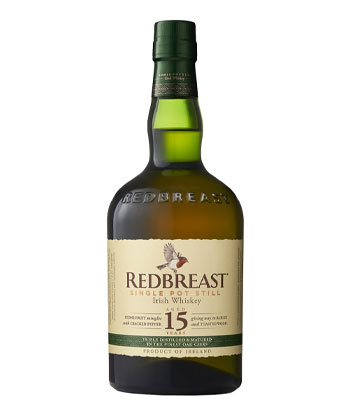
“Since I started imbibing, I’ve always been a whiskey girl. I particularly love Irish whiskey, and my favorite Irish whiskey to introduce a novice whiskey drinker to will always be Redbreast 15 Year. It is a single-pot still whiskey made from a blend of malted and unmalted barley, triple-distilled in copper stills. It is then aged in oak cask barrels for no less than 15 years. I love to recommend it because it is extremely smooth with balanced notes of fruits and spices that come from the oak-cask aging. You also get a hint of caramel and vanilla through the toasted wood flavors while still introducing the distinct strength of whiskey. It finishes long, smooth, and clean at the end.” —Sarah Clark, beverage director, The Dearborn, Chicago
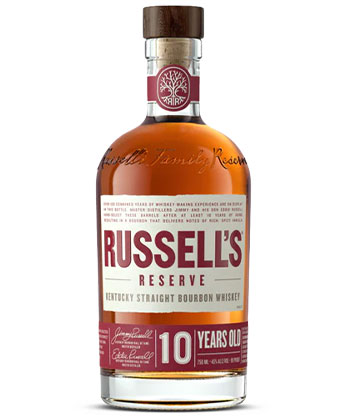
“It’s a bit spendier than some of the entry-level bourbons on the market, but I think Russell’s Reserve 10 Year is a great introduction to the [whiskey] category. It’s got all the chocolate-covered cherry and baking spice notes that I love from Wild Turkey’s other bourbons, but presented in a way that’s mellower than their other expressions. I think it drinks beautifully neat, but at 90 proof, it’s also extremely cocktail-friendly and makes a killer Boulevardier or Old Fashioned.” —Alex Leidy, assistant general manager, Silver Lyan, Washington, D.C.
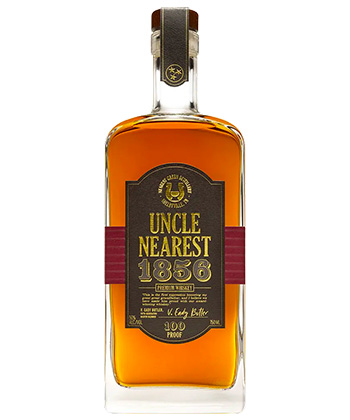
“Uncle Nearest 1856 is a banging bourbon for beginners. It just invites you in from the start: The warm and soft notes of caramel, vanilla, and oak are a welcome mat for newbies scarred by past entanglements with well whiskey that have been forever burned in the lining of their esophagus. It hugs you from the inside with subtle heat and warm reassurance. Plus, it has a dope history. It shines a light on Nathan “Nearest” Green, a former slave who played a significant role in the development of Tennessee whiskey as we know it — a story worth looking into. The whiskey literally combines two things I love into one: drinking and learning!” —Abby Blanchard, lead bartender, Broken Shaker, Los Angeles
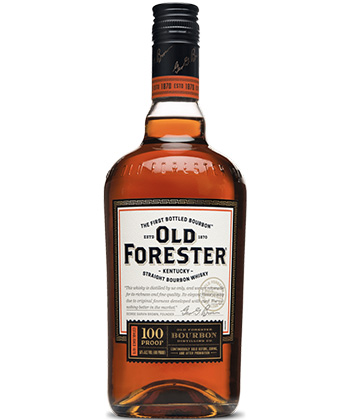
“In the massive bourbon category, it can be hard to navigate the myriad labels and find ‘your whiskey.’ (Good news: You will never find ‘the one.’) For a starter bourbon, however, I always recommend something with a high enough proof for cocktails, but also a vanilla backbone ideal for standalone sipping. More times than not, I am reaching for the Old Forester 100 Signature. It has notes of spice and cinnamon that are great as a nip or a rocks pour, and a perfect balance of spice and vanilla to handle the sugar and dilution of a proper Old Fashioned. I have served Old Forester 100 Signature countless times, and it has made many instant fans in the process.” —Clint Rogers, beverage director, The National, Telluride, Colo.
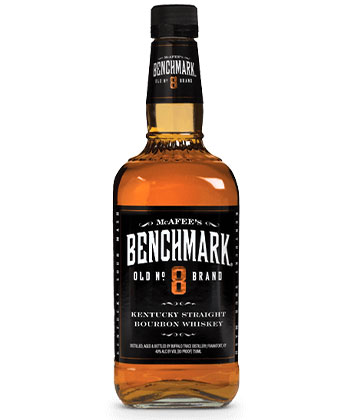
“I recommend starting out with Benchmark bourbon from the Buffalo Trace family. As a category, I recommend bourbon because I think it is the most approachable in terms of flavor, price, and drinkability. I also recommend starting with an 80-proof spirit and working your way up to higher-proof offerings.” —Bill Brillinger, sommelier and beverage director, The Betty, Atlanta
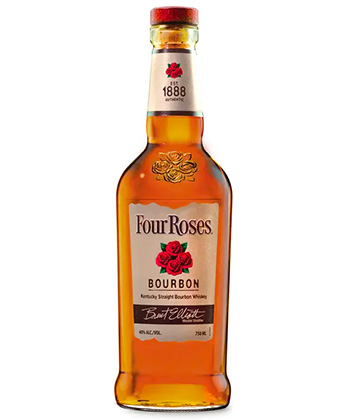
“Four Roses offers a fantastic flavor profile rich in honey and vanilla, making it a superb value for its quality. Whether enjoyed neat or mixed, it never fails to impress.” —Vince Vecchio, beverage director, Rosebud Restaurants, Chicago
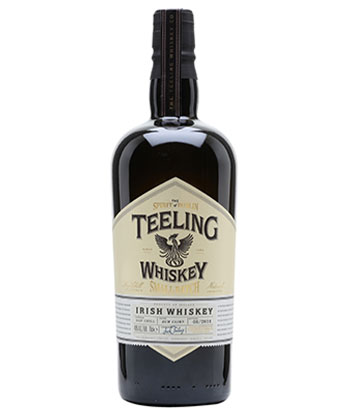
“Today, the beginner spirits lover has a staggering amount of bottles to choose from. If they were to ask me, [I’d offer] Teeling Small Batch. It’s an approachable yet indulgent whiskey to share with guests; it’s so great for toasting. For me, it approaches perfection: elegant, beautifully fruity, and with enough star-power to convince everyone to become a fan of Irish whiskey.” —Coleman Sisk, bartender, Yacht Club, Denver
“When choosing a whiskey for a beginner, I tend to grab bourbon the most. The corn gives the whiskey a sweeter flavor that’s easier on the American palate. A personal favorite and common crowd-pleasing bottle I grab on the daily is Russell’s Reserve by Wild Turkey. Master distilling legends Jimmy and Eddie Russell combine over 100 years of experience into this amazing bottle. It has a 10-year age statement, and at 90 proof, still packs a ton of flavor into a more mellow pour. The best part is that it’s available at practically every liquor store you go into, and at around $35 a bottle, I personally feel it’s a must-have for beginners and seasoned enthusiasts alike.” —Patrick Gibson, bartender, Jack Rose Dining Saloon, Washington, D.C.
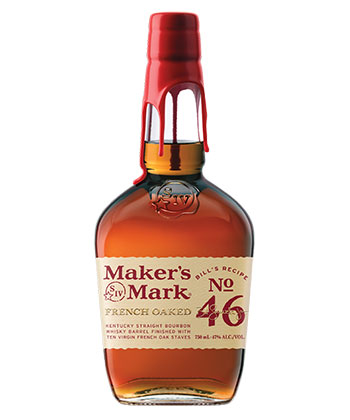
“A great [whiskey] for beginners is one that is approachable for a new palate, and Maker’s Mark is a great way for a palate to get familiar with those flavors. From there, try a bunch of different styles and write down your likes and dislikes, [and] find brands that use similar mash bills or distilling techniques.” —Gary Schneck, property mixologist, The Mirage, Las Vegas
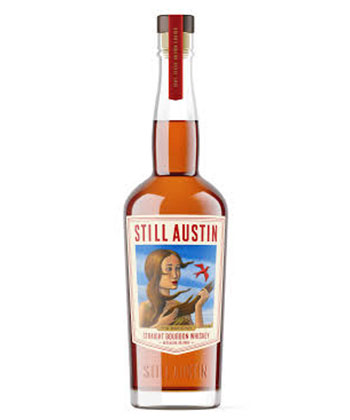
“My current favorite bourbon for beginners is Still Austin’s The Musician. It’s a high-rye-mash-bill, 98.4-proof bourbon out of Austin with notes of cinnamon, pineapple, baking spice, and toasted coconut. I personally like it for beginners because it’s got a little heat, an interesting flavor profile, and beautiful artwork on the bottle that makes it a conversation starter. It’s great on the rocks or in a cocktail, looks nice on a back bar or home liquor shelf, and fits well in a rail!” —Carly Bulger, bartender, Hotel Saint Vincent, New Orleans
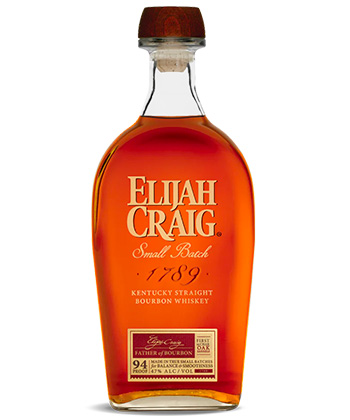
“Elijah Craig Small Batch stands out as an excellent whiskey for beginners. It boasts a palate of pure sweetness with hints of honey, marzipan, and wildflowers. The sweet notes are balanced by a pronounced finish of drying oak. Its burnished-copper color hints at the woody richness awaiting the palate, which is accented by spice, smoke, and nutmeg after a few sips. Notably, its long, sweet, and slightly toasty finish makes it particularly approachable for novices. It’s also easy to find in liquor stores for $25 to $30.” —Christian Martinez, beverage and food manager, The Foundry, Dayton, Ohio
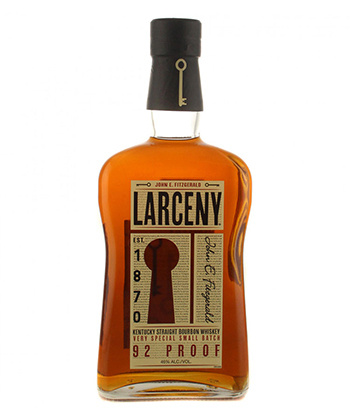
“My recommendation for beginners would be (but not limited to) Larceny Bourbon. It’s an excellent choice due to its accessible and gentle nature. It’s a wheat bourbon, which means wheat is the significant component of its mash bill, and this contributes to a smoother and softer flavor profile. It offers notes of caramel, vanilla, and a touch of honey, making it easy on the palate for those new to bourbon. The absence of dominant spiciness often found in rye-heavy bourbons can be particularly welcoming for novice whiskey enthusiasts. That said, whiskey is a worldwide experience, with [many] old-world Irish whiskey, smoky Scotch, famous Canadian blends, and Kentucky bourbons to be sampled. Find what works for you and enjoy.” —Eric Smith, assistant director of F&B, The Kimpton Shane Hotel, Atlanta
*Image retrieved from Pixel-Shot – stock.adobe.com